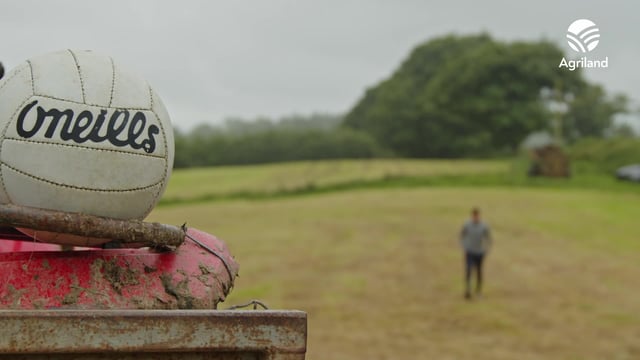Dairy advice: Managing spring reseeded paddocks
Although we had a very wet spring, a number of farmers were still able to get their paddocks reseeded.
A spring reseed can produce as much, if not more grass in the year of reseeding as the old permanent pasture.
Reseeding paddocks will rejuvenate swards by increasing the dry matter (DM) production, allow for weed control and allow also for the introduction of clover into swards.
The concern of many farmers now, is getting paddocks back into the grazing rotation. Paddocks that were reseeded this spring must be closely monitored.
You cannot afford to get the management of these swards wrong, as it can have serious implications on the production capability of the reseed.
The reseed should be grazed as soon as the new grass roots are strong enough to withstand grazing - this is tested through the 'pull test'.
Grazing as soon as its fit will also allow for light to reach the base of the plant, which will encourage tillering and clover establishment.
The first grazing of your reseed can generally commence at a pre-grazing yield of 600 - 1,000kg dry matter (DM)/ha.
The first grazing should be done in dry conditions to avoid poaching the paddock. Cutting silage off this paddock should be avoided in the first year, as this will inhibit tillering of grass and clover.
Frequent grazing at low covers during the first year of establishment will allow for further tillering and will bulk up the sward.
The management of clover post-reseeding is essential, as allowing covers to get too high will shade out the clover seedlings.
The management of clover is similar to grass, except grazing should continue at low covers for the first five to six weeks post-sowing.
These paddocks should not be allowed to exceed covers of 1,000kg DM/ha for at least five to six grazings.
Spreading around 2,000 - 3,000 gal/ac of watery cattle slurry will aid in germination and seeding establishment post-sowing, as well as supplying nutrient for plant growth.
Applying chemical nitrogen (N) at the same rate for the first eight to 12 months after sowing is essential as the the clover will not uptake N until then.
Managing your reseeded paddocks is just as important as the timing and methods of reseeding and should not be overlooked.





